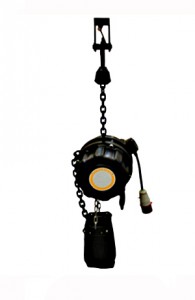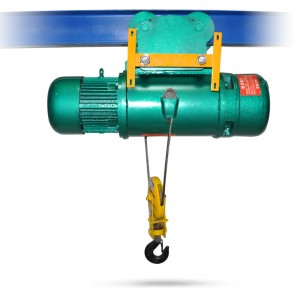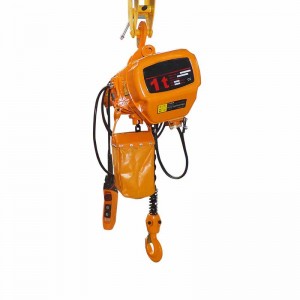Electric hoists are material handling equipment used for lifting, lowering, and transporting materials and products. They are powered by an electric motor and have a controller to adjust the lifting parameters. They are efficient in carrying heavy loads and can perform lifting tasks in which the use of conveyors and cranes is impractical and not feasible. The other types of hoists based on the driving mechanism are the pneumatic hoists (or air hoists), hydraulic hoists, and manual hoists.

Electric hoists are positioned overhead above the object to be lifted. They require access to electrical power sources, hence, they are typically found indoors. They are commonly found in warehouses, automotive servicing and machine shops, and manufacturing facilities. Most electric hoists are designed to withstand hazardous and high-temperature environments. There are also electric hoists designed for cleanroom environments that are suitable for handling food and pharmaceutical products. Safety protocols in operating electric hoists must be practiced in all environments.
The use of electric hoists increases operational efficiency by eliminating manual lifting and positioning tasks that require intense effort. They uphold physical ergonomics in the workplace. Electric hoists have faster operation than other types of hoists. They are cost-efficient and consume less space than conveying systems.
Electric hoists are material handling equipment that is used in lifting, lowering, and moving materials and products. They are positioned overhead and powered by an electric motor.
The main types of electric hoists are the electric chain hoist and electric wire rope hoist.
Trolleys are responsible for transporting the electric hoist. The types of electric hoist trolleys are the push type trolley, geared trolley, and electric travel trolley. They must be compatible with the beams of a lifting system’s structural frame.
Rated capacity, working load limit, and duty cycle are the critical specifications of electric hoists that pertain to their lifting capabilities. These lifting limitations must be observed to uphold safety.
The travel speed and lifting speed of the electric hoists affect the production rate and turnaround time.
Electric hoist components must be in top condition during operation. Hence, scheduled daily and periodic inspections and maintenance must be strictly performed. Safety precautions must always be observed during operation.
Electric hoists may be used as stand-alone equipment or as part of a lifting system. Some of the applications of electric hoists are engine hoists, overhead cranes, jib cranes, gantry cranes, monorail cranes, and workstation cranes.
Post time: Oct-17-2022






